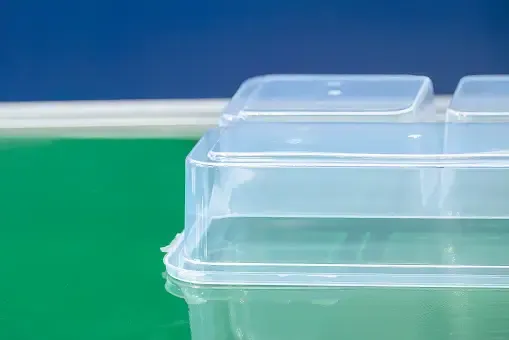Unlock your product's potential with our One-stop solutions!
+86-755-83222882

GET QUOTE
How to Design Thin Wall Injection Molding Effectively?
Thin wall injection molding is a specialized technique crucial for creating lightweight, yet structurally sound plastic parts. Effective design in thin wall injection molding is paramount for achieving high-quality products and optimizing manufacturing efficiency. Understanding the key factors influencing design is essential for success in this process.
Understanding Thin Wall Injection Molding
Definition and Principles
Thin wall injection molding involves the creation of plastic parts with reduced wall thickness, maintaining strength while minimizing material usage. This process relies on high-pressure injection of molten material into thin cavities of a mold, followed by rapid cooling to solidify the part.
Advantages and Challenges
The technique offers significant advantages, including material savings, faster cycle times, and reduced shipping costs. However, it also presents challenges such as complex injection processes, potential for part defects, and the need for precise design considerations.
Common Applications
Thin wall injection molding finds wide application across various industries. From packaging to automotive components, electronics, and medical devices, its versatility makes it indispensable for creating lightweight yet durable products.
Essential Design Considerations
Material Selection
Choosing the right material is critical for successful thin wall injection molding. The material must flow easily into thin cavities while maintaining structural integrity. Common materials for thin wall injection molding include high-density polyethylene (HDPE), low-density polyethylene (LDPE), nylon (PA), and polypropylene (PP).
Mold Material Selection
The choice of mold material significantly impacts the molding process. Materials like 718, H-13, and D-2 are recommended for thin wall injection molding due to their durability and resistance to wear. Investing in high-quality mold materials ensures longevity and consistent part quality.
Wall Thickness Uniformity
Maintaining uniform wall thickness throughout the part is crucial for preventing defects like warping and sink marks. Design guidelines recommend a minimum wall thickness of 0.9mm to ensure even cooling and optimal part performance.
Reinforcement Techniques
Incorporating ribs and gussets into the part design enhances its strength and rigidity. Designing effective reinforcements involves considerations such as rib thickness, spacing, and draft angles to avoid issues like warp and sink marks.
Corner and Edge Radii
Sharp corners and edges can hinder material flow and cause defects in thin wall injection molding. Including radii in the design smoothens material flow and reduces the risk of part sticking to the mold during ejection, ensuring a flawless finish.
Mold Temperature Control
Maintaining optimal mold temperature is critical for achieving high-quality parts. Proper temperature control ensures uniform cooling and prevents defects like warping and shrinkage. Strategies for effective mold temperature control include optimizing cooling line placement and adjusting coolant flow.
Gate Design Optimization
Gates play a crucial role in the injection molding process, especially in thin wall applications. Optimizing gate design involves sizing gates appropriately to facilitate efficient filling and minimize material shear. Strategic gate placement and design reduce stress on the part and improve overall molding efficiency.
Conclusion
Designing thin wall injection molding effectively requires careful consideration of various factors, from material selection to mold design and temperature control. By following the guidelines outlined in this blog, manufacturers can overcome challenges and achieve optimal results in their injection molding processes.
For companies seeking expert guidance and high-quality solutions in thin wall injection molding, partnering with SZOMK is highly recommended. With years of experience and a proven track record in delivering top-notch injection molding services, SZOMK offers comprehensive support from design to production. By collaborating with SZOMK, manufacturers can benefit from cutting-edge technology, personalized solutions, and a commitment to excellence, ensuring success in their thin wall injection molding projects.
Contact SZOMK today to explore partnership opportunities and take your injection molding projects to new heights of efficiency and quality.

